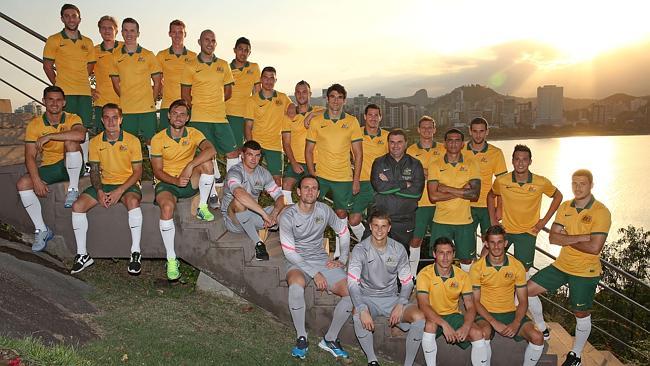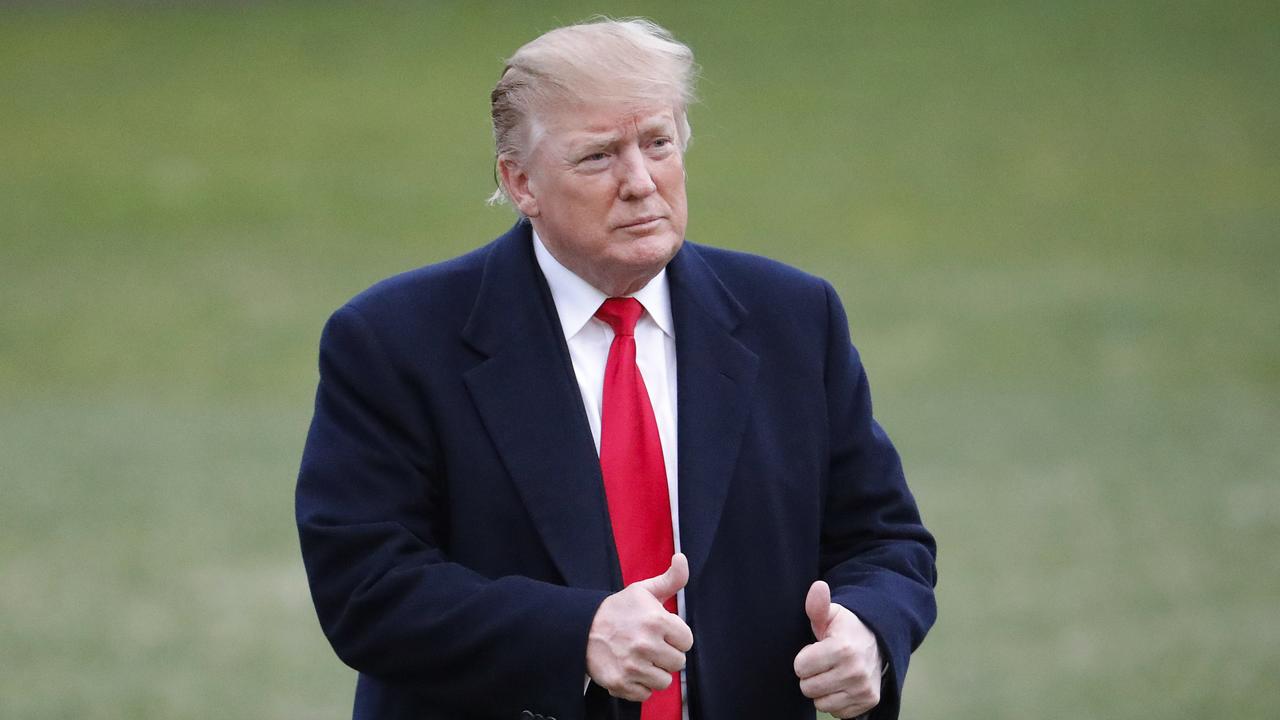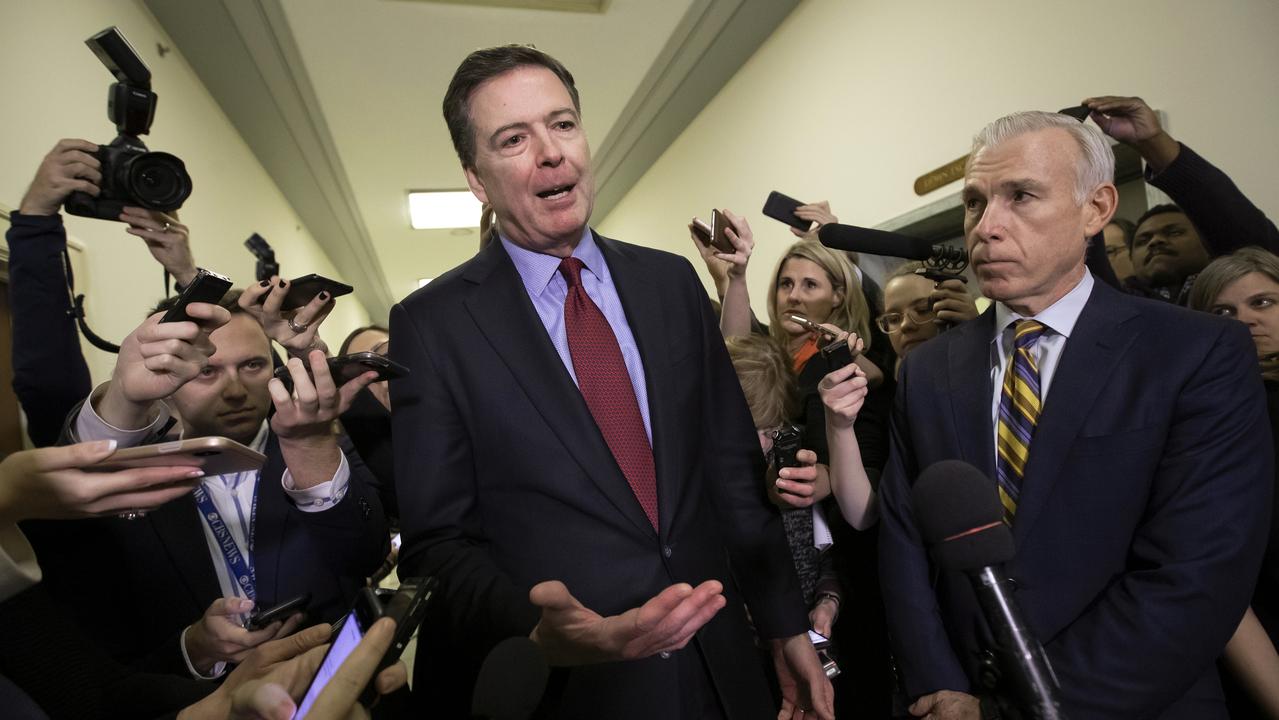Cup to test Aussie mettle
A BRAVE gamble will see a young Socceroos side take on the world.

FROM the moment Ange Postecoglou took the reins of the Socceroos in October there was an overwhelming sense of anticipation, some might say joy, about what was to come for the national team.
In Postecoglou, Football Federation Australia had appointed a man of conviction and determination, someone not afraid to make tough decisions for the good of the team, no matter whose toes he had to tread on along the way.
For too long, regeneration had been a dirty word as his predecessors Pim Verbeek and, more recently, Holger Osieck, the man Postecoglou replaced, opted to keep the status quo, relying on a hard core of experienced players with runs on the board but with legs starting to slow down.
However, for many, including the fans who had been baying for change, enough was enough. Time had run out and changes needed to be made. Taking the old guard to the World Cup in Brazil would only be delaying the inevitable.
It was time to look ahead, even if there would be pain along the way.
The successive 6-0 losses to Brazil and France in friendlies under Osieck were a clear indication that the system wasn’t working. Osieck failed to acknowledge the danger signs. He was going to stick with the players who helped Australia qualify, unimpressively, for Brazil.
In the end, he paid the price for those embarrassing defeats.
FFA boss Frank Lowy, who was keen for another overseas coach to be given the job, reportedly needed some convincing, but chief executive David Gallop got his way and Postecoglou was handed a five-year contract to take him through to the 2018 World Cup.
While Lucas Neill played in Postecoglou’s first game in charge — a 1-0 win over Costa Rica in Sydney — his lack of game time and injuries eventually meant the Socceroos boss decided not to take him to Brazil. Mark Schwarzer had announced his international retirement a little earlier and Brett Holman followed this year.
The retirement of the likes of Harry Kewell, Mile Sterjovski, Brett Emerton and Jason Culina meant Australian soccer’s golden generation was at an end — two World Cups and an Asian Cup final a measure of its impact on the game at international level.
We will never forget the feats of the 2006 Socceroos.
Having qualified for the World Cup for the first time since 1974, they were given little chance of proceeding beyond the group that also included Brazil, Croatia and Japan.
However, a 3-1 win over Japan in the opening game — significant because it saw the Socceroos record their first goal and their first win in the Cup — set the platform for a remarkable achievement.
Needing at least a draw against Croatia in the final match, Australia scraped a 2-2 result to finish second behind Brazil, before losing 1-0 to Italy in the round of 16. Italy would go on to beat France in the final.
Sadly, the 2010 tournament was marked by poor decision-making from Verbeek, who elected to go very defensive against Germany in the opening game, only to see it backfire as the Germans slammed in four goals. The Socceroos never recovered from that setback and were sent packing early.
But Postecoglou has a new canvas to paint on, to put his stamp on what could be an exciting period for the sport in this country. In the likes of Mat Ryan, Jason Davidson, Ben Halloran, Massimo Luongo, Oliver Bozanic, James Holland, Bailey Wright and Adam Taggart, he has put his imprint on the team, believing they will fit into the high-pressing, quick-passing game that helped make his mark with successive A-League titles for Brisbane Roar in 2011 and 2012.
It should not be forgotten that Postecoglou has been hamstrung, losing key players who would almost certainly have been starting XI players — Robbie Kruse, Rhys Williams, Curtis Good and Tom Rogic — through injury.
Kruse and Williams were big blows, suffering season-ending injuries with their club sides, while Rogic got to Brazil, only to miss the cut for the 23-man squad after his groin injury flared again.
As much as this is about youth and rejuvenation, Postecoglou still has the likes of Tim Cahill, Mark Bresciano and Mile Jedinak as sounding boards for the young players. The three have played at the highest club level as well, performing with distinction.
Cahill’s combative nature and his ability to score goals out of nothing will be especially valuable, as long as he gets the right service. It will be interesting to see how the Australians will cope if the opposition successfully close him down. They will need a Plan B.
Bresciano has been under an injury cloud but has been building up his fitness and should be ready for Saturday morning’s opening game against Chile in Cuiaba, in Brazil’s mid-west. His guile in midfield will be important.
Jedinak is a natural on-field leader who enjoyed a wonderful season with Crystal Palace in the English Premier League. His strength is his no-nonsense tackling and ability to read the game.
There are critics who say Postecoglou has gone too far in the rejuvenation process and that the absence of the likes of Neill, Schwarzer and Holman will hurt the team. It is a World Cup, they say, and that means you take your best and most experienced players.
So, can this squad do the job in Brazil? It will take all of Postecoglou’s nous and determination to bring it all together to ensure we are not embarrassed.
Australia’s draw is horrendous; there’s no two ways about it. Defending world champions Spain; the team Spain beat in the final four years ago, The Netherlands; and Chile, one of the dark horses of the tournament.
Playing Spain is a scary prospect for any country in the world, let alone for a young team such as Australia’s. Look at their squad and it is mouth-watering: Alvaro Negredo, David De Gea, Diego Costa, Javi Martinez, David Silva, Andrea Iniesta and Jesus Navas.
Then there is The Netherlands: Arjen Robben, Robin van Persie, Michael Vorm, Ron Vlaar — the list goes on. The Dutch have been known to implode at big events, but seem more settled these days, with less infighting — that we can see.
Chile are something different altogether. They play the game at a very high tempo, going at you whenever they can, though it is said they struggle against teams that sit back and counter-attack.
The trick is to survive the onslaught and hope their self-confidence starts to wane.
There are those who suggest Australia will be lucky to score a goal, let alone earn a point from the group stage. But, that’s the way the Socceroos and Postecoglou like it. The underdog tag sits well with these guys.
They are embracing the challenge. There is no defeatist attitude in this squad.
Importantly, they have been closeted away from all the fanfare of the Cup. Based in the seaside town of Vitoria, 400km north of Rio de Janeiro, they have superb accommodation on top of a hill overlooking the water.
While they have been a hit here, the locals have been very respectful and non-intrusive — unusual for a nation besotted by football.
The town has been slow to get into the groove of the Cup, though it is starting to pick up now. There are more and more Brazilian flags and banners appearing day by day. Every third car has a Brazilian flag hanging from a window.
So far, there has been no trouble in terms of the much anticipated protests against the exorbitant cost — $12 billion — of staging the Cup in Brazil.
We only saw one small band of protesters, about 12 in all, hold up traffic last week. But it has been suggested there will be far bigger demonstrations in the major centres such as Rio de Janeiro and Sao Paulo, where excitement is mounting in expectation of Brazil winning the Cup.
Sao Paulo was the scene of some violence yesterday when hundreds of subway workers staged a strike, then a demonstration over pay and had to be dispersed with teargas.
Certainly, with all 32 teams now in Brazil, the intensity and interest has picked up in the main centres. Local newspapers have devoted page upon page to the Cup and, in particular, the Brazilian national team.
To give you an idea of what in means to Brazil, every one of the Selecao’s training sessions has been televised live, followed by in-depth studio analysis with a panel comprising as many as 10 experts. It makes coverage of State of Origin matches or an Ashes series look like an afterthought.
No doubt the coverage will intensify, if that is possible, when Brazil kick off the tournament against Croatia tomorrow morning (AEST). Only then will we know how the Brazilian players will cope under the suffocating weight of expectation.
Protests aside, there is a sense that the team can bring the country together. Certainly, the further they go in the tournament the less impact the demonstrations are likely to have.
Conversely, if they implode and are struggling, it is likely to turn up the heat in more ways than one.


